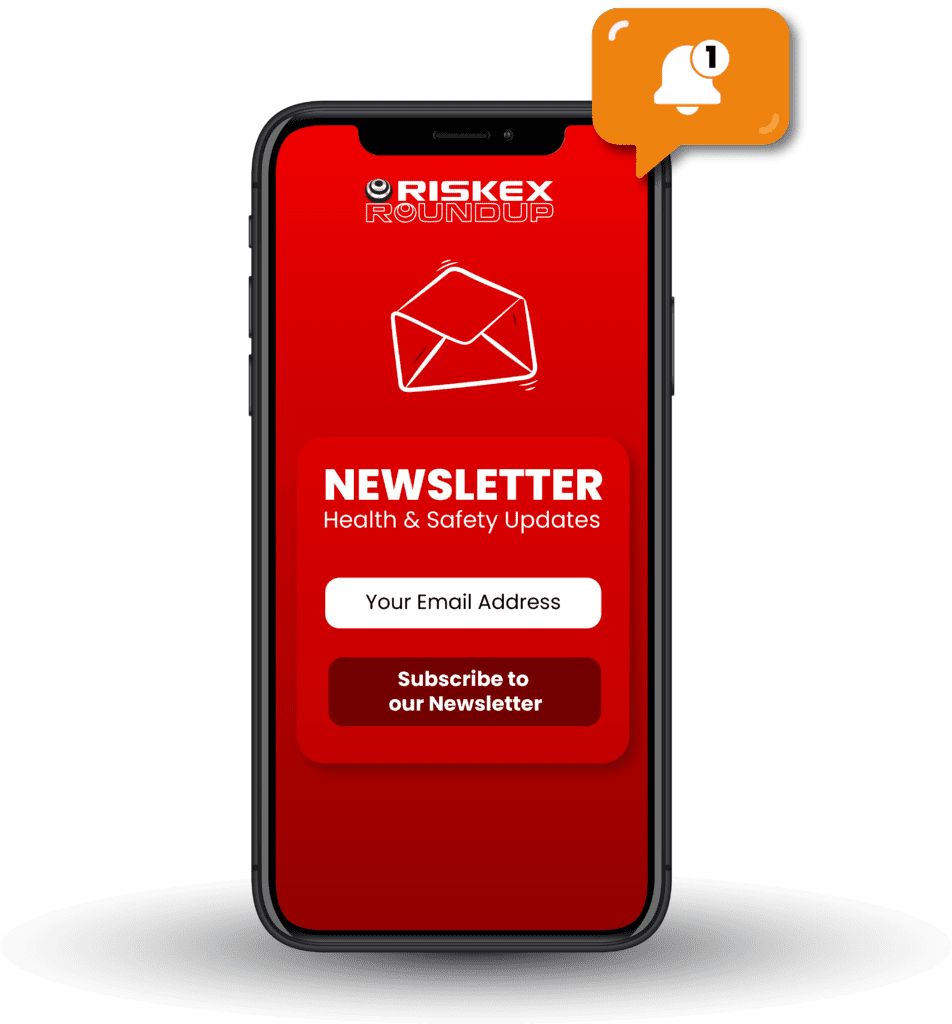10 Tips for Creating Insightful Employee Health and Safety Surveys
Employee safety is a critical aspect of any workplace, influencing not only the physical well-being of employees but also their psychological comfort and overall job satisfaction. To effectively gauge and enhance the safety culture within an organisation, conducting employee safety surveys is essential. However, the effectiveness of these surveys depends on how well they are crafted.
Below are some tips to help you create insightful employee health and safety surveys that truly capture the essence of your workplace’s safety environment.
1. Define clear objectives
Before you start to put together your survey template, make sure you think about what you aim to achieve. Are you looking to assess the general safety perception among employees, or do you want to focus on specific areas like emergency preparedness or psychological safety? By setting these clear objectives at the start, you can tailor your questions to gather the most relevant and actionable data.
2. Keep it simple and relevant
Employee safety surveys should be straightforward and to the point. Use clear, concise language that all employees can understand, regardless of their role or level of education. Avoid technical jargon unless it’s relevant to the respondent’s job function. Each question should directly relate to the safety objectives you’ve outlined in the first step.
3. A mix of qualitative and quantitative questions
A good employee safety survey strikes a balance between closed-ended questions, which are easy to quantify, and open-ended questions, which allow for more detailed feedback. Closed-ended questions like “Do you feel safe at your workplace?” (Yes/No) provide quick insights into the general sentiment, while open-ended questions like “What could be improved to enhance safety?” give employees the opportunity to express specific concerns or suggestions.
4. Ensure anonymity
To get honest feedback, it’s crucial to assure employees that their responses will be anonymous. Employees are more likely to share their true feelings about workplace safety if they know their answers cannot be traced back to them. This is especially important when asking about sensitive issues like psychological safety or management’s commitment to safety.
5. Include questions on psychological safety
Employee safety isn’t just about physical hazards. Psychological safety is equally important, as it affects employees’ mental health and their willingness to report safety concerns. Questions like “Do you feel comfortable reporting safety issues to your manager?” or “Do you believe that management takes your safety concerns seriously?” can reveal how safe employees feel from a psychological standpoint.
6. User rating scales for nuanced feedback
Incorporate rating scale questions to gauge the intensity of employees’ feelings about various safety aspects. For example, a question like “How would you rate your understanding of the company’s emergency procedures?” with a 1-5 star rating can provide more nuanced insights than a simple Yes/No question.
7. Be inclusive and multilingual
Ensure that the survey is accessible to all employees, including those who speak different languages. Offering the survey in multiple languages ensures that all employees can participate fully and provide accurate feedback. Questions like “Do you receive safety communications in your preferred language?” can help identify any gaps in your communication strategy.
8. Regularly update the survey
Workplace safety is dynamic, with new challenges and risks emerging over time. Regularly review and update your survey questions to reflect current safety concerns and the evolving needs of your workforce. This keeps the survey relevant and ensures that you’re always collecting up-to-date information.
9. Encourage participation
High participation rates are key to getting a comprehensive view of your workplace’s safety culture. Encourage participation by making the survey easy to access, providing ample time for responses, and communicating the importance of the survey in improving workplace safety. Consider using reminders and incentives to boost response rates.
10. Analyse and act on the results
This stage is vital as the true value of an employee health and safety survey lies in what you do with the results. Analyse the data carefully to identify trends, strengths, and areas for improvement. Share the results with your employees, along with a clear plan of action for addressing any issues that have been raised. This demonstrates that you value their feedback and are committed to making necessary changes.
Conclusion
Creating an effective employee health and safety survey is an ongoing process that requires careful planning, execution, and follow-up. By following these tips, you can design a survey that not only captures the true state of your workplace safety but also fosters a culture of openness and continuous improvement. Remember, a well-crafted survey is a powerful tool for enhancing both the physical and psychological safety of your employees, ultimately leading to a more secure, productive, and engaged workforce.






